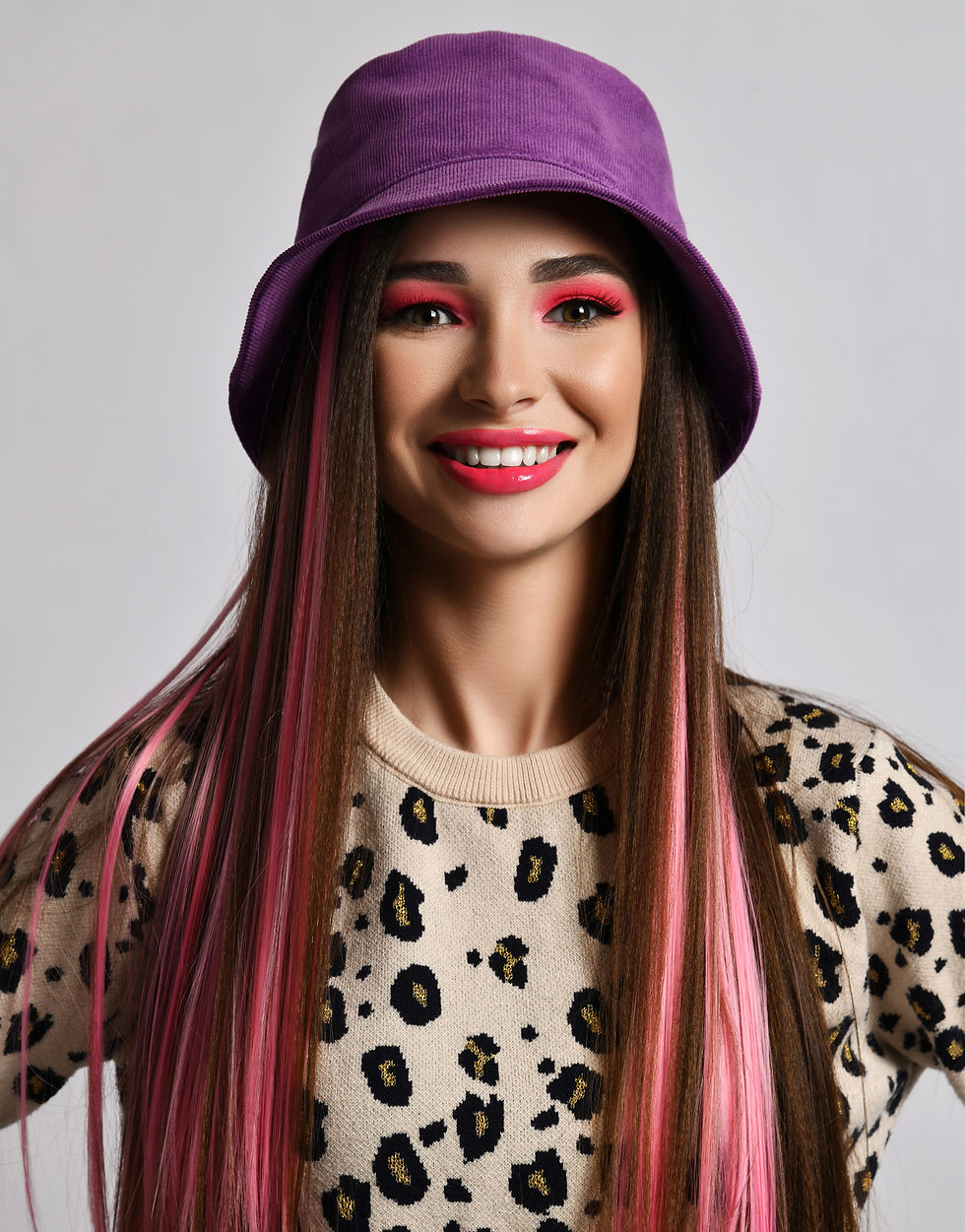Get best E-commerce product photography service for amazon, online store website catalogs, flipkart, instagram, facebook, Alibaba at ZJELL. E-commerce product photography is a specialized form of photography that focuses on capturing high-quality images of products for use on online retail platforms. The goal is to create images that accurately represent the product, highlight its key features, and appeal to potential customers. Since customers cannot physically interact with the products, the images play a crucial role in influencing purchasing decisions.
Key Elements of E-Commerce Product Photography
1. Lighting:
• Consistent and Even: Proper lighting is essential to avoid shadows and ensure that the product’s colors and details are accurately represented. Soft, diffused light is often preferred, which can be achieved using softboxes, light tents, or natural light setups.
• Highlighting Details: The lighting setup should be designed to highlight the product’s important features, such as texture, color, and material.
2. Background:
• Neutral Backgrounds: A plain white or light gray background is most commonly used for e-commerce photography. This ensures that the product is the focus of the image and avoids distractions.
• Alternative Backgrounds: For more creative or lifestyle-oriented shots, colored or thematic backgrounds can be used, but they should still complement the product and not overpower it.
3. Camera and Equipment:
• High-Resolution Cameras: A good camera with high resolution is necessary to capture detailed images that can be zoomed in on by customers.
• Tripod: Using a tripod ensures that the camera remains steady, allowing for consistent framing and focus across multiple shots.
• Lenses: Depending on the product, different lenses may be used. Macro lenses are great for capturing fine details, while standard lenses work well for larger items.
4. Angles and Perspectives:
• Multiple Angles: Products should be photographed from multiple angles to give customers a complete view. This typically includes front, side, back, and close-up shots of specific details.
• Dynamic Angles: For some products, such as electronics or accessories, dynamic angles (like a slight tilt or overhead shot) can add visual interest.
5. Styling and Presentation:
• Product Cleanliness: The product should be spotless, free of dust, fingerprints, or any imperfections. Clothing items should be steamed to remove wrinkles.
• Props and Context: While many e-commerce photos are simple, using props or showing the product in context (e.g., a pair of shoes on a model’s feet) can help customers better understand its size, scale, and usage.
6. Post-Production:
• Editing: Post-production involves adjusting the images for brightness, contrast, color accuracy, and sharpness. It also includes removing any background imperfections or unwanted elements.
• Retouching: For some products, minor retouching may be necessary to correct any flaws or enhance certain features, but it’s important to maintain an accurate representation of the product.
• Image Sizing: The final images need to be resized and formatted according to the e-commerce platform’s requirements, ensuring that they load quickly and display correctly on different devices.
7. Special Techniques:
• 360-Degree Photography: This technique involves capturing a series of images from all around the product, which are then stitched together to create a 360-degree interactive view that customers can rotate and examine.
• Flat Lay Photography: Particularly popular in fashion and accessories, this involves laying products flat and photographing them from above. It’s great for creating aesthetically pleasing, organized displays.
8. Lifestyle Photography:
• In-Use Shots: In addition to standard product images, lifestyle shots show the product being used in real-life situations. This helps customers imagine how the product will fit into their lives.
• Environmental Context: These photos often include a styled background that complements the product, adding a narrative element to the image.
Tips for Effective E-Commerce Product Photography
• Attention to Detail: Ensure that the product is perfectly presented, with no distracting elements like tags, wrinkles, or fingerprints.
• Consistency: When photographing a collection or range of products, consistency in lighting, background, and framing is key to creating a cohesive and professional look on your e-commerce platform.
• Customer Perspective: Always consider what details the customer would want to see. For instance, close-ups of fabric textures, product dimensions, or functional elements can help build trust and reduce return rates.
E-commerce product photography is a crucial aspect of online retail, directly influencing customer trust and sales conversions. High-quality, well-executed product images can set your products apart in a competitive marketplace.
Ecommerce product photography
Get Price
Get best price for various types of Product Photography services at ZJELL near your location.
Send Enquiry
Type of E-commerce product photography
E-commerce product photography is tailored to different types of products to effectively showcase them on online platforms. Each category of product may require a specific style of photography to highlight its features and appeal to customers. Here are the main types of e-commerce product photography based on product categories:
- Apparel Photography
- Model Photography
- Footwear Photography
- 360-Degree Photography
- Jewelry and Accessories Photography
- Electronics Photography
- Home Decor and Furniture Photography
- Cosmetics and Beauty Products Photography
- Food and Beverage Photography
- Health and Wellness Products Photography
- Toys and Games Photography
- Automotive Parts and Tools Photography
- Books and Stationery Photography
- Fashion Accessories Photography
Each type of e-commerce product photography is designed to present the product in a way that best highlights its features and appeals to potential buyers, depending on the specific product category and the brand’s marketing strategy.














































